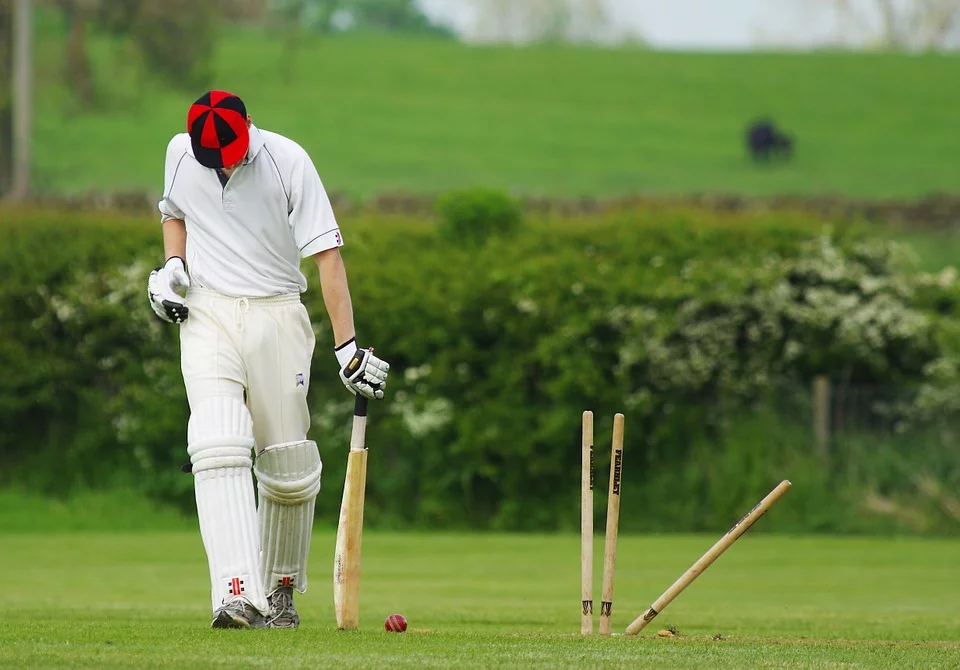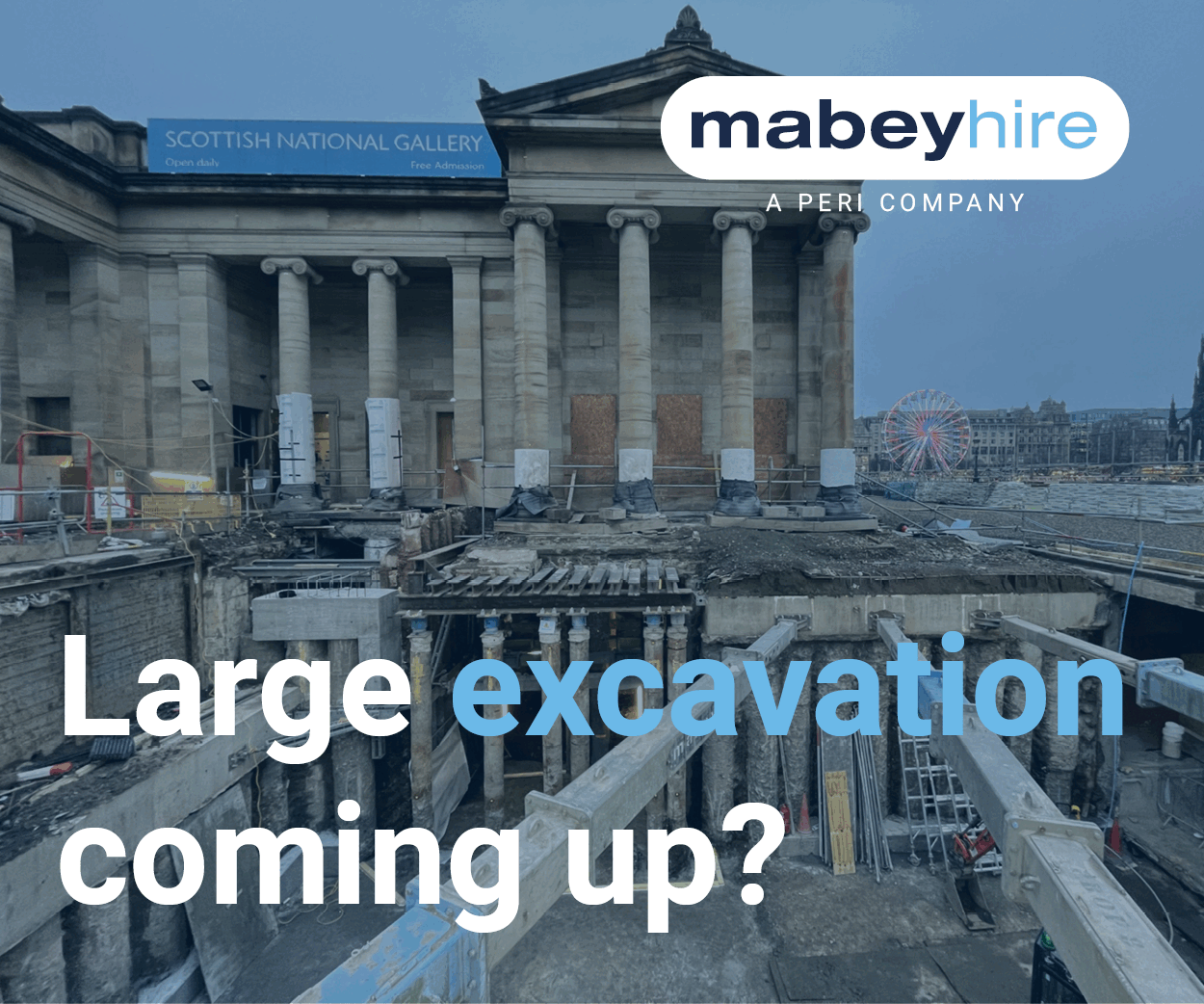And finally… beneath the wickets

An archaeological dig at Carlisle Cricket Club is revealing the ‘incredible’ status of the site during the Roman era.
Uncovering Roman Carlisle opened up the dig site on February 15 for its spring mini dig, since then, they’ve been digging up artefacts that tell us more about the site of the Roman bathhouse.
They’ve found more Imperial stamp tiles, glass beads, and hairpins as well as uncovered more of the building itself.
Frank Giecco, director of Uncovering Roman Carlisle, told The News and Star: “We’ve got a lot more to the building turning up, we’ve got some lovely floors of this massive monumental building with heated floors.
“One of the really nice things we’ve been finding, we’ve been getting more glass beads and hairpins - so, all things that the women would be wearing.
“It’s nice, it’s not just military, it’s telling us a lot about the people that would’ve used this building.”
This is Uncovering Roman Carlisle’s first dig since it officially became a charity and, already, they are making great strides in raising Carlisle’s historical significance.
A collection of vaulting tubes have also been discovered by volunteers at the dig.
These hollow, terracotta tubes were typically used as part of the construction of an arched structure as part of a ceiling between the second and seventh centuries.
Frank added: “The vaulting tubes are incredibly rare things, and they come from North Africa.
“They’re actually linked with the Emperor Septimius Severus, who was from North Africa.
“So, he’s bringing his architects and builders up with him and this building is built at exactly the same time he’s up here, so that’s the connection.
“We have the Imp tiles, we have an African type of building technique, and we have Tyrion Purple on the site. Another unique thing to Britain.”
Since it’s discovery, the Roman bathhouse has revealed Carlisle’s important role during this era but these latest finds further highlight “the incredible high status of this building.”
“This isn’t a run-of-a-mill building you’d get in a fort or in a town,” said Frank.
“This is something quite special. The more we see of the building - in design, it’s unique.”



















